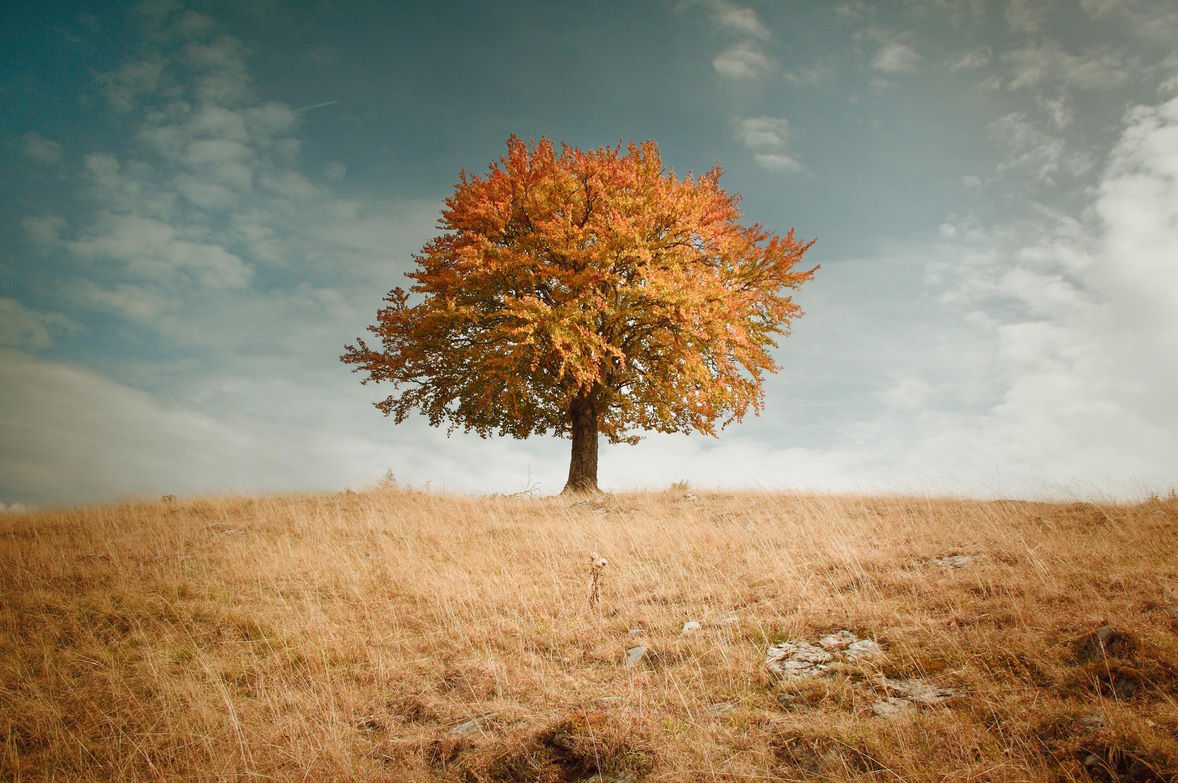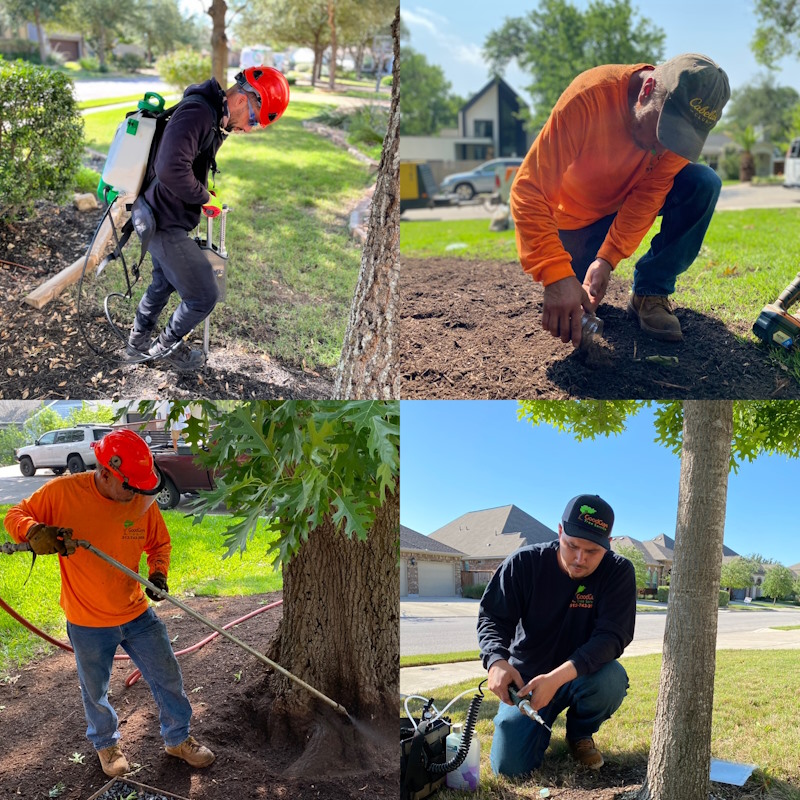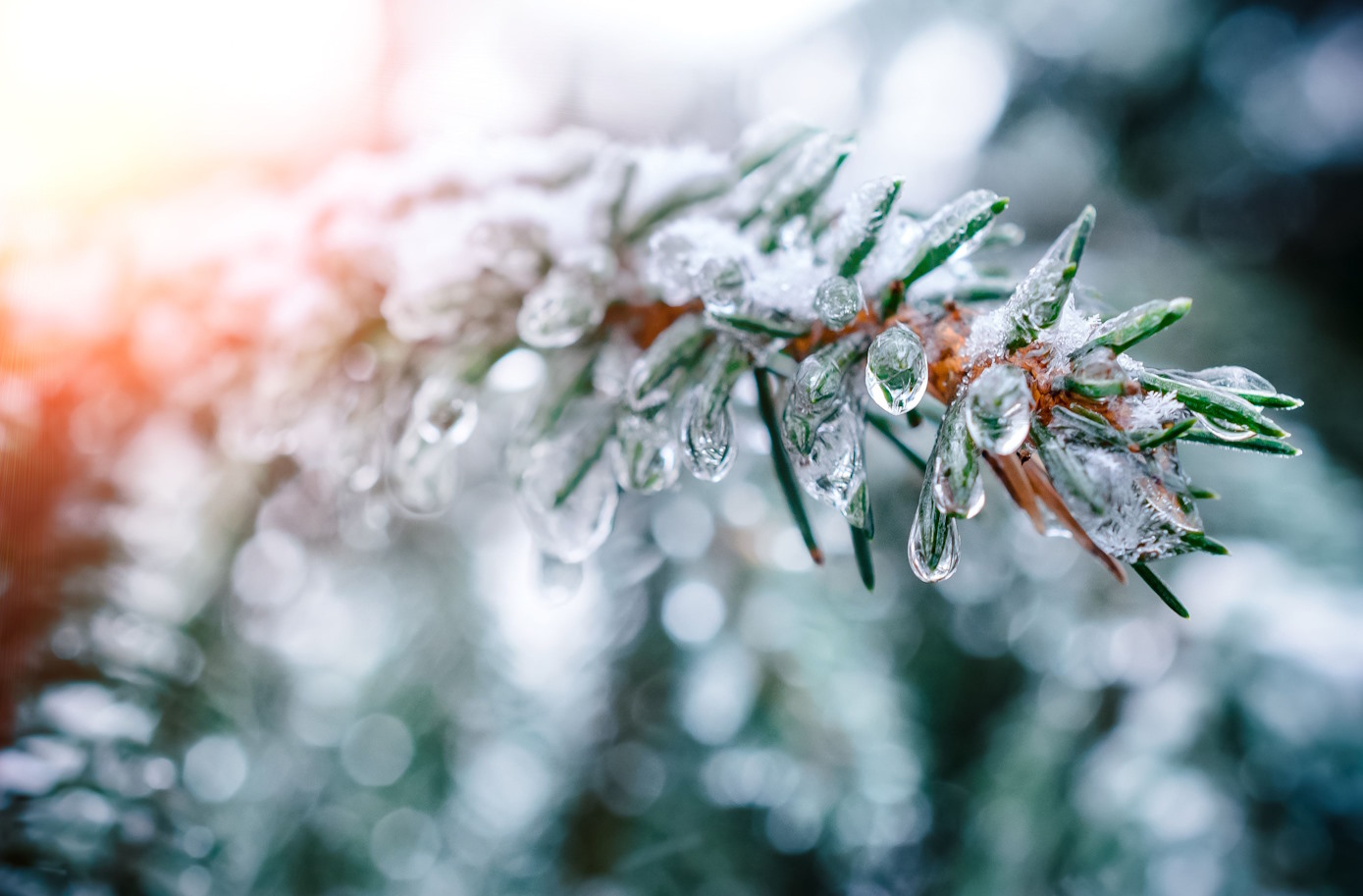Summer is in full swing here in central Texas, meaning warm, sunny days that are perfect for enjoying outdoor fun with friends and family. While most of us are having a great time in the summer sunshine, our trees here in Texas are facing some challenging times.
We’re in peak drought season, with virtually no rainfall expected over the next few months, beyond the occasional summer showers. As a result, many of our trees aren’t getting the amount of water they need to remain strong and healthy.
While mature trees can often handle the harsh Texas summers, our younger trees are quite ready to face these extreme conditions. In fact, younger trees are highly vulnerable heat stress during summer, leading to all kinds of issues, from stunted growth to premature death.
Thankfully, it’s easy enough to treat heat stress in trees to ensure thriving growth throughout the summer!
What is Heat Stress in Trees?
Trees develop heat stress when they lose water quicker than they can replace it.
In ideal conditions, tree roots gather moisture from the soil while branches and leaves absorb it from the air. The water is passed through the tree to keep it healthy and hydrated, before slowly evaporating back into the air via transpiration.
However, when the weather is excessively hot and dry, transpiration happens much faster than is healthy. Trees start losing a lot more water at much quicker rates and can’t replace it from moisture in the ground because it’s so dry.
The trees lack enough water to grow properly, resulting in stunted growth and various other problems caused by the heat stress!
Given how hot and dry our summers are here in Texas, heat stress is a fairly common problem!
Signs of Heat Stress
There are various signs that your trees might have heat stress. As soon as you spot these symptoms, make sure to act fast to minimize the impact of heat stress.
Younger trees are most susceptible to heat stress, although the problem can occur with mature trees
The most common sign of heat stress in central Texas is wilted leaves and branches. Trees with heat stress start to wilt to conserve their moisture. So, if your tree leaves and branches are drooping, chances it’s because of heat stress, especially if you’re in the middle of a drought.
Yellowing of interior leaves is another common sign of heat stress in trees, as is rusty brown spots. Small bumps may also develop on the leaves, along with scorching across the edges.
Of course, these symptoms can also indicate other health problems in trees, including various diseases. So, if you’re unsure whether your tree has heat stress, consider contacting a professional tree care company to check for you.
How to Treat Heat Stress in Trees
Treating heat stress in trees is surprisingly easy – you just need to start watering the tree!
Be sure to check out our dedicated guide for how to best water your trees here in central Texas.
If you require any help identifying or treating heat stress in your trees in Texas, contact Good Guys Tree Service today!







